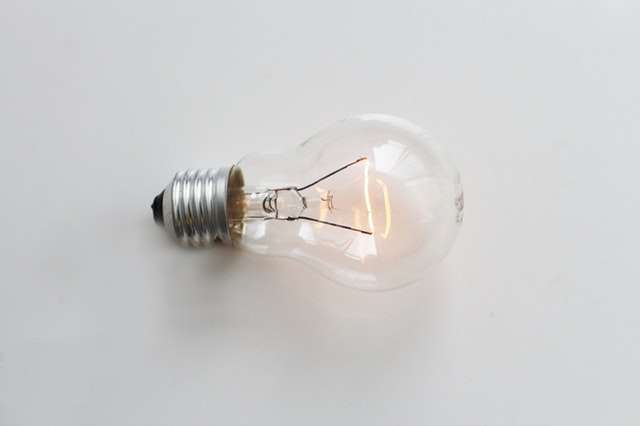
UV control allows you to test the color of your products as they are seen under daylight conditions.
Have you ever noticed that printer paper appears even more brilliantly white when you view it outside in the direct sunlight than it does inside under the warm glow of an incandescent lightbulb? This is no coincidence. Paper manufacturers frequently use Fluorescent Whitening Agents (FWAs) that absorb UV light and then re-emit it back at the viewer in the blue end of the visible spectrum.1
This re-emitted light produces a brightening effect on the paper, making it appear even whiter to the naked eye. In addition, FWAs may also compensate for yellow paper coloration or other variations in color. In other words, manufacturers can use UV light, natural light and different-colored light sources to make their products appear even brighter, and thus, more visually appealing to customers.
However, while FWAs are essential materials in some industries, such as paper, textile and plastics, they also make accurate color measurement more challenging. FWA-enhanced samples can appear dramatically different in color to the human eye depending on whether the product is viewed outdoors or under artificial lighting conditions. The color of the light source also impacts the appearance of the product.
This is one of the reasons UV control is essential for color measurement — it allows you to account for many different lighting conditions, including daylight and indoor environments. Using spectrophotometers with UV control options, you can get a more accurate color reading on your FWA-enhanced products, allowing you to view your products exactly as your customers will see them.
What Is UV Control?
The ultimate goal of UV control is to obtain more accurate color readings of your samples under various lighting conditions. In natural daylight conditions, UV control essentially allows you to view the sample as the human eye would see it outdoors. To accomplish this, many spectrophotometers attempt to match the CIE standard illuminant D65.
Commonly called the “daylight illuminant,” D65 closely matches the amount of light that you would see on a clear afternoon in Northern or Western Europe.2 Spectrophotometers can simulate these conditions in the lab, producing a consistent environment in which to test samples.
This is where UV control comes into play. UV control options include the use of xenon light sources, motorized UV filters and calibrated fluorescent standards. Each of these options can dramatically improve the accuracy of your color measurements when testing FWA-enhanced samples. In spectrophotometers, UV control works by allowing you to see products as they appear under natural, UV daylight conditions.
This is helpful for industries that use FWAs, as you can measure exactly how the product appears to your customers, even if you measure the product in an indoor, controlled lab setting — it simulates daylight conditions for you.

Paper manufacturers often use FWAs to enhance the appearance of their products under UV light sources. Image source: Pexels user Tirachard Kumtanom



